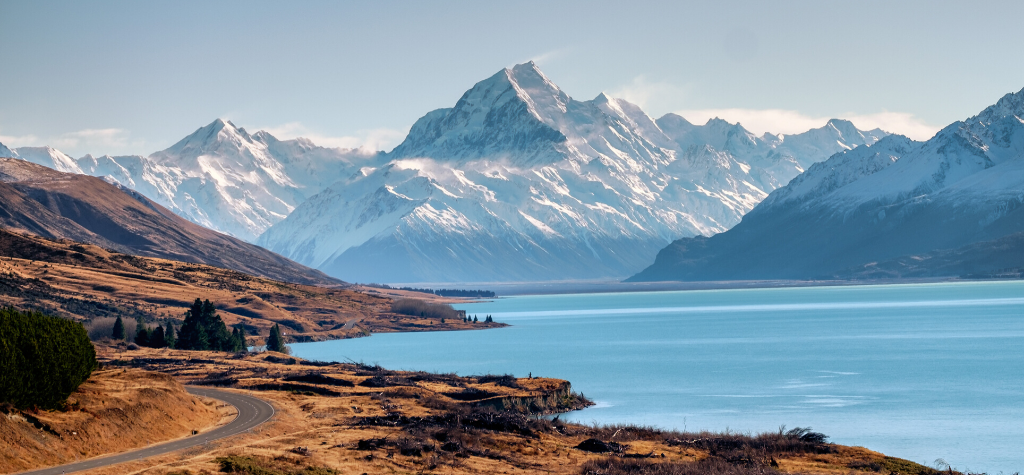Meridian eyes 50,000 tonnes of rock for Pukaki project

By Gavin Evans | BusinessDesk
Meridian Energy says getting access to more water from Lake Pukaki will require about 50,000 tonnes of rock to protect the foreshore at the southern end of the lake.
The lake, nestled near the foot of Aoraki Mt Cook National Park, covers about 179 square kilometres and is the country’s biggest hydro-electric reservoir.
Meridian has stacked about 23,000 tonnes of rock ready for placement during the next sustained dry spell to protect the lake edge from erosion as the lake is drawn down.
It now plans to formalise arrangements with contractors and quarry operators around Timaru so that another 27,000 tonnes of rock can also be brought in to provide additional armour for the lake bed. That will enable it to be lowered to the 513 metres above sea level allowed during times of official power shortages.
Confirming the viability of that work means Meridian can count on an extra 367 gigawatt-hours of electricity during shortages – roughly enough to power 50,000 homes for a year.
“This is a reasonably significant opportunity for Meridian,” strategic asset manager Richard Griffiths told BusinessDesk. “And it can be done at a relatively low cost.”
Reducing the country’s reliance on coal and gas-fired back-up generation during dry periods is a key part of the country’s long-term greenhouse gas emission reduction plans.
And Meridian, the country’s biggest electricity generator, has spent years trying to get more effective use from the storage at Pukaki, which sits at the top of the chain of power stations it operates in the Waitaki valley.
During the 1992 power crisis, special temporary legislation was put in place to allow the company’s predecessor, ECNZ, to draw down the lake.
That power wasn’t used, but in 2012 Meridian gained the ability to draw Pukaki down to 513 metres during official power shortages – from its normal operating minimum of 518 metres. But it couldn’t act until things were so dire that people were already cutting consumption.
In 2015 it sought and won a new consent from Environment Canterbury allowing it to draw the lake down to 515 metres when there is a 4 percent risk of shortages. When that risk reaches 10 percent – the threshold Transpower and the Electricity Authority use for declaring an official conservation campaign – the lake can be lowered to 513 metres.
While in theory that five metres of extra water could provide 546 GWh of electricity, Meridian has never been confident of accessing more than 178 GWh of it, Griffiths said.
A natural bench around the foreshore exists at about 516 metres, and the company was concerned going below that without providing additional rock armour would create erosion issues. The firm also wanted to be sure it could control the velocity of the flow out of the lake so the lining of the canal to the
Ohau power stations would also not be eroded.
Griffiths said modelling showed the flows through the canal can be slowed, while work with local contractors showed that further rock armour can be feasibly laid as the lake is taken down to 513 metres.
Whereas previously the company had thought that work would have to be done in two stages, he said Meridian would probably just keep laying rock for as long as it was able to as the lake was drawn down.
But nothing can happen until there is the prospect of a sustained dry period and the lake level has to be lowered – the only time the work can be done.
Meridian operates Pukaki to a maximum 532.5 metres above sea level. Recent
inflows have lifted it to about 528.6 metres currently.
Should a sustained dry period be forecast, Griffiths said work could probably be initiated once the lake is down to 524 metres, which is likely toward the end of winter.
The lake falls by about a metre a week when inflows are low and that would provide about five weeks’ notice.
Griffiths acknowledges that a lot of factors will have to align before the project– likely to cost “several million” – can kick-off. He can’t say when it will happen, but he’s sure it will.
“Absolutely. We’re going to implement this.”
